Filter by
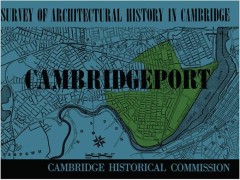
Survey of Architectural History in Cambridge, Volume 3: Cambridgeport
Cambridge, Massachusetts is a rich mixture of closely mingled examples of architectural periods; 17th, 18th, 19th, and 20th century, with the 21st century already near the drawing board and before the planning board. Yet implicit in the city is a continuity overruling what might be chaos. The Cambridge Historical Commission was established not to piously preserve a static past, but to make mani…
- Edition
- -
- ISBN/ISSN
- 9780262368032
- Collation
- -
- Series Title
- -
- Call Number
- -
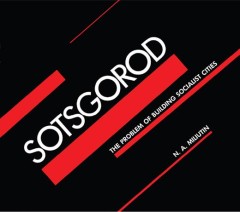
Sotsgorod: The Problem of Building Socialist Cities
- Edition
- -
- ISBN/ISSN
- 9780262367820
- Collation
- -
- Series Title
- -
- Call Number
- -
- Edition
- -
- ISBN/ISSN
- 9780262367820
- Collation
- -
- Series Title
- -
- Call Number
- -
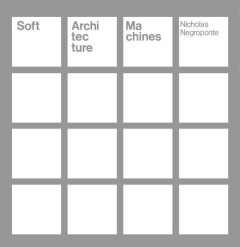
Soft Architecture Machines
- Edition
- -
- ISBN/ISSN
- 9780262367837
- Collation
- -
- Series Title
- -
- Call Number
- -
- Edition
- -
- ISBN/ISSN
- 9780262367837
- Collation
- -
- Series Title
- -
- Call Number
- -

American Design Ethic: A History of Industrial Design
What is uniquely American about American design? This first history of American products and the philosophy behind their design, use, and manufacture points to the process - the interaction between industrial technology and culture - that gave form to an American "ethic" in material products and helped shape the life style of its citizens.Pulos discusses the influences and fashions as well as t…
- Edition
- -
- ISBN/ISSN
- 9780262368100
- Collation
- -
- Series Title
- -
- Call Number
- -
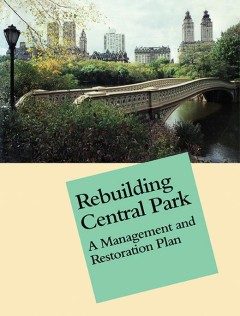
Rebuilding Central Park: A Management and Restoration Plan
Illustrated throughout with 2-color and tinted maps and drawings and numerous photographs, Rebuilding Central Park is the first close examination of these invaluable 843 acres in more than a century. Central Park's legacy is unique. It was America's first great open space designed specifically for public use, inspiring the creation of hundreds of other municipal parks across the nation and s…
- Edition
- -
- ISBN/ISSN
- 9780262367844
- Collation
- -
- Series Title
- -
- Call Number
- -
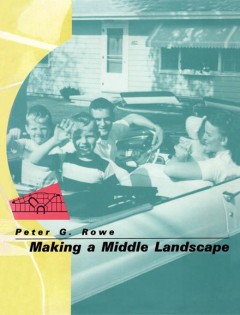
Making A Middle Landscape
Today's suburban metropolitan development of single-family homes, shopping centers, corporate offices, and roadway systems constitute what Peter Rowe calls a "middle landscape" between the city and the country. Looking closely at suburban America in terms of design and physical planning, Rowe builds a case for a new way of seeing and building suburbia - complete with theoretical underpinnings a…
- Edition
- -
- ISBN/ISSN
- 9780262367943
- Collation
- -
- Series Title
- -
- Call Number
- -
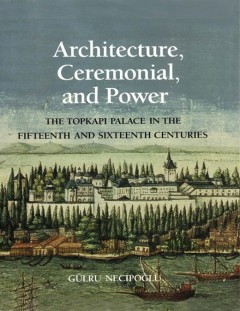
Architecture, Ceremonial, and Power: The Topkapi Palace in the Fifteenth and …
Gülru Necipoglu brings together largely unpublished sources, both written and visual, along with information derived from the architectural remains to uncover the processes through which the meaning of the palace was once produced, before it came to represent a stereotyped microcosm of oriental despotism imbued with the exotic otherness of the East. Today the Topkapi Palace in Istanbul seem…
- Edition
- -
- ISBN/ISSN
- 9780262368056
- Collation
- -
- Series Title
- -
- Call Number
- -
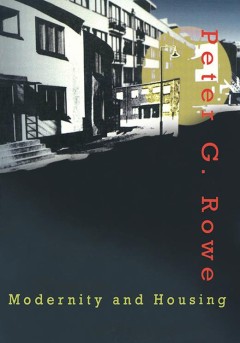
Modernity and Housing
Peter Rowe explores the social, cultural, and expressive history of housing at two crucial moments: the first large-scale developments along modernist lines in the 1920s, and the widespread reconsideration of modernist principles in the 1970s. Starting from the question of how can the design of modern housing can be successful, Peter Rowe explores the social, cultural, and expressive history…
- Edition
- -
- ISBN/ISSN
- 9780262367912
- Collation
- -
- Series Title
- -
- Call Number
- -
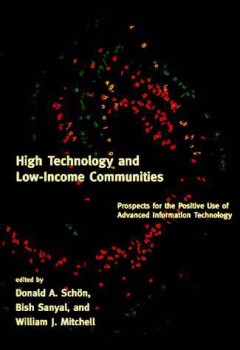
High Technology and Low-Income Communities: Prospects for the Positive Use of…
How will low-income communities be affected by the waves of social, economic, political, and cultural change that surround the new information technologies? How can we influence the outcome? This action-oriented book identifies the key issues, explores the evidence, and suggests some answers. Avoiding both utopianism and despair, the book presents the voices of technology enthusiasts and skepti…
- Edition
- -
- ISBN/ISSN
- 9780262287258
- Collation
- -
- Series Title
- -
- Call Number
- -

Layered Learning in Multiagent Systems: A Winning Approach to Robotic Soccer
This book looks at multiagent systems that consist of teams of autonomous agents acting in real-time, noisy, collaborative, and adversarial environments. This book looks at multiagent systems that consist of teams of autonomous agents acting in real-time, noisy, collaborative, and adversarial environments. The book makes four main contributions to the fields of machine learning and multiagen…
- Edition
- -
- ISBN/ISSN
- 9780262284448
- Collation
- -
- Series Title
- -
- Call Number
- -
 Computer Science, Information & General Works
Computer Science, Information & General Works  Philosophy & Psychology
Philosophy & Psychology  Religion
Religion  Social Sciences
Social Sciences  Language
Language  Pure Science
Pure Science  Applied Sciences
Applied Sciences  Art & Recreation
Art & Recreation  Literature
Literature  History & Geography
History & Geography